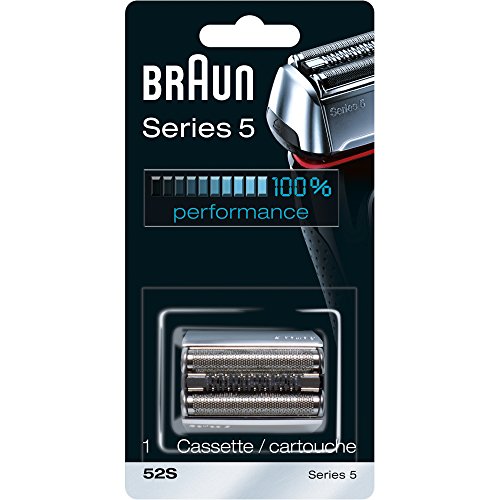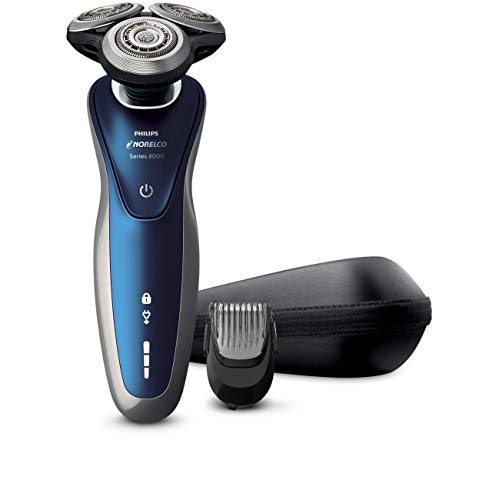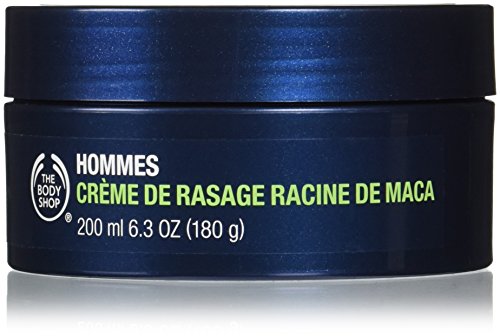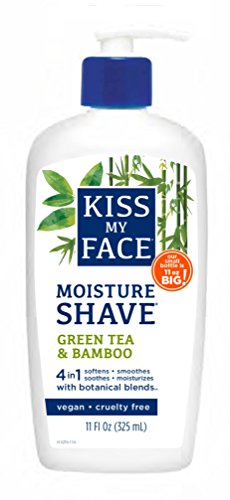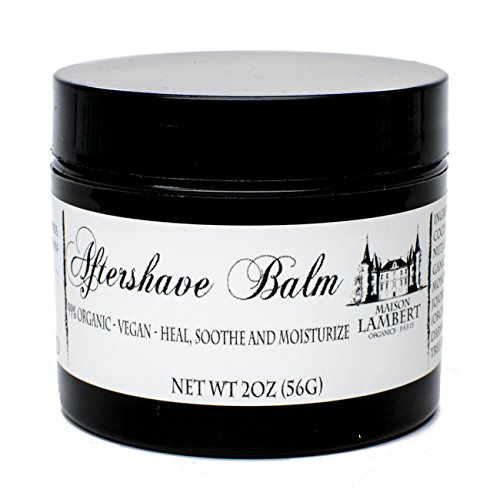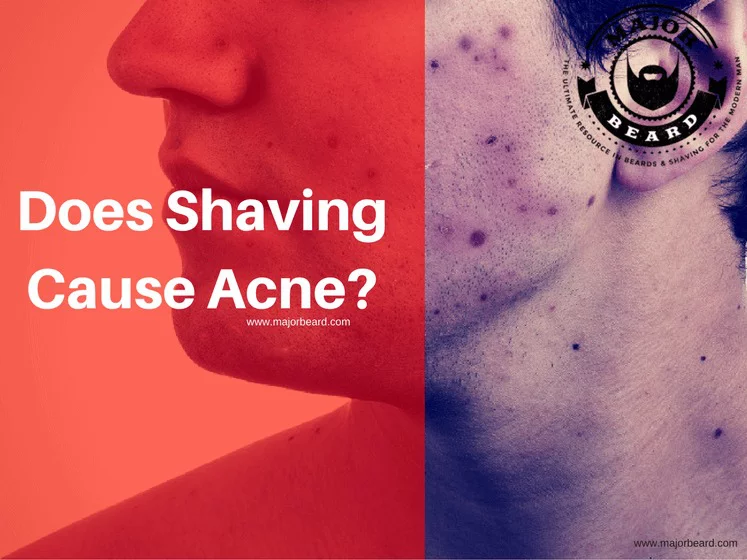
Acne is a condition that affects 85% of people at some stage in their lives. It presents as red, angry pimples (usually in clusters) in various areas of the body, but especially the face and neck. These pimples appear as a result of inflamed or infected sebaceous glands, which leads to an aggressive skin reaction.
Acne can be unsightly and embarrassing, and can potentially leave unwanted scarring in chronic cases. It usually appears during adolescence, which is also the same time a young man will begin shaving. But can shaving actually cause acne to appear?
Before exploring the answer, it is important to understand the difference between acne and shaving rash / razor bumps.
Acne Vs Razor Bumps
Razor bumps are small, red or pink spots that can appear after a close shave. They’re more likely to turn up after using a multi-blade razor. When you shave with multiple blades, the first blade lifts the individual hair out of the skin surface, and the second and third blades then cut the hair from underneath the thin top layer of skin. That’s how you achieve that super smooth feel.
However, the skin’s natural response is to repair itself as quickly as possible, and so a new layer of skin forms over the hair root.
When the new hair begins to grow, it pushes its way through the skin layer, causing irritation as it squeezes through. An angry red ring is produced around the centre of the hair follicle and causes a ‘pimple’ effect.
These types of pimples will only occur in areas where you shave, so most likely the neck, chin and cheeks.
Acne, on the other hand, is slightly different. While it may look the same, it is caused by a number of biological issues. Hormones and bacteria play the biggest role in producing unsightly acne.
Hormones are especially turbulent during adolescence but influence our bodies in major ways throughout our lifetime. Your deep masculine voice, bushy beard and even the way you digest a big rump steak are all influenced by a complex range of hormones.
Your skin has something called androgen receptor cells, which are influenced by the hormone testosterone. When this hormone is out of balance, the skin biology can change, causing an acne reaction to occur.
There are ways of regulating your hormones. Exercise, a healthy diet and stress reduction all assist in ensuring your hormones remain balanced, but if you’re concerned, it’s always best to visit the doctor.
Bacteria is another culprit in acne production. The bacteria that causes acne is called P propionibacterium acnes. These bacteria live and breed on your skin at all times, and they’re usually nothing to worry about.
They become an issue when your skin pores block up, causing excess oil to mix with dead skin cells, forming a sort of ‘plug’ that disallows your skin to breathe. Skin that can’t breathe will react. Your body is very clever, and can recognise when skin is suffering.
Cells are sent to the site to kill the bacteria, causing swelling and redness to occur. Unlike razor bumps, acne can pop up all over the place. Your forehead, cheeks, chin, neck, arms, back and even your scalp can be affected.
One thing that you can be reassured of is that, despite what your grandmother told you, eating loads of chocolate will not cause you to get acne. So, while you may be housebound from an testosterone overdose splattered all over your face, you can most certainly tuck into a mars bar while you wait for the spots to calm down.
Shaving With Acne
Acne can make shaving really difficult. If you have a large, pussy white-head on your chin surrounded by stubble, the last thing you want to do is run a sharp razor over it. Yet, leaving it alone would mean not leaving the house for several days!
Shaving over acne can worsen the acne because it further irritates the skin. Also, the application of certain shaving gels and aftershaves can make the acne worse by clogging the pores further – we will touch on this later in the article.
An electric razor is one option for acne sufferers of any age. An electric razor doesn’t tend to cut as deep as a three-blade razor, so may not irritate the acne as much, and certainly will reduce the risk of razor bumps. Here are three of the most popular electric razors for acne sufferers:
Panasonic ES-LA63-S Arc4 Men's Electric Razor, 4-Blade Cordless with Wet/Dry Shaver Convenience
This award winning, three-blade electric razor features multi-fit ARC foils that accurately conform to facial contours, for optimal shaving comfort.
Braun Series 5 52S Electric Shaver Head Replacement Cassette – Silver
$34.85 in stock
Free shipping
This popular electric razor uses innovative FlexMotionTec to perform efficiently using less pressure, which minimises skin irritation.
Philips Norelco Shaver 8900 Rechargeable Wet/Dry Electric Shaver with Click-on Beard Styler Attachment, S8950/91
This electric razor can provide a closer shave than similar electric razors on the market, but still help prevent rash and minimise the irritation of acne.
A safety razor is another option for men who suffer with acne, or who want to avoid razor bumps. A safety razor used to be the number one razor before the invention of multi-blade razors. They contain a double edged blade that you insert into the head of the razor.
It doesn’t give you the closest shave on the first swipe, so it takes a few strokes to achieve the desired smoothness. This shouldn’t irritate your acne spots, but will if you go over the same area too many times. Still, it’s far better for acne than a three-blade razor which will only cut into the inflamed skin making it worse.
Shaving Products For Acne
While shaving itself may not be the root cause of acne, it can make acne worse through the razor type and products such as shaving creams, foams and aftershaves.
As a rule of thumb, cheap foams and gels contain unwanted, unnecessary chemicals which do not benefit your skin in the slightest. They’re usually added to make the product longer lasting and able to transform from a gel to a foam while being applied.
Rubbing these chemicals into your already-sore spots can make them sting and swell even more.
It is best to swap to an organic, lightweight shaving cream with added moisturiser to keep your skin happy and settled. Here are three particularly effective products:
The Body Shop For Men Maca Root Shave Cream Regular, 6.3 Fluid Ounces
Contains Peruvian maca root which refreshes and softens the skin, preparing it for a cleaner, healthier shave.
Kiss My Face Moisture Shave Shaving Cream, Green Tea & Bamboo Shaving Soap, 11 oz
An organic shaving cream packed with pore clearing properties such as green tea.
Maison Lambert Organic Aftershave Balm for Men - Amazing for Sensitive Skin - Protective, Soothing and moisturizing, a Must Have for a Perfect Shave - Free Shipping - 2oz
A lightweight, organic aftershave balm with no alcohol or preservatives.
Top Tip:
Many organic, natural shaving products contain coconut oil or shea butter. While these gorgeous ingredients smell and feel amazing, they can clog the pores and make acne worse. It is best to choose lighter natural ingredients such as green tea, lemonbalm, mint and berries.
Product Ingredients To Avoid
When purchasing a shaving gel, cream or soap, it is good to look on the ingredients list first to ensure you’re not going to do your acne more harm by applying the product.
Common ingredients to avoid are:
- Potassium Chloride
- Sodium Laurel Sulfate
- Acetylated Lanolin Alcohol
- Benzoic Acid
- Coconut oil
- Avocado oil
- Carrageenans
- Dioctyl Succinate
- Glyceryl-3-Disostearate
- Hydrogenated Vegetable Oil
- Isostearyl Isostearate
- Myristic Acid
- PG Monostearate
- Sodium Chloride
- Sulfated Castor Oil
The Bottom Line
Acne isn’t directly caused by shaving, but shaving can worsen acne. Shaving can also cause acne-like symptoms known as shaving bumps. In order to allow your acne to clear up, and avoid irritating it, there are steps you can take such as buying a different type of razor and watching out for harmful ingredients in your shaving products.
Acne can be unavoidable, especially within adolescence, but will clear up on its own. Often there are common biological or psychological factors that are behind the problem. You can, however, continue to shave safely without worsening your acne as long as you are mindful about your shaving products and techniques.
Loved the article? Why not check out more of our shaving articles
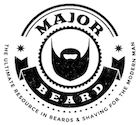
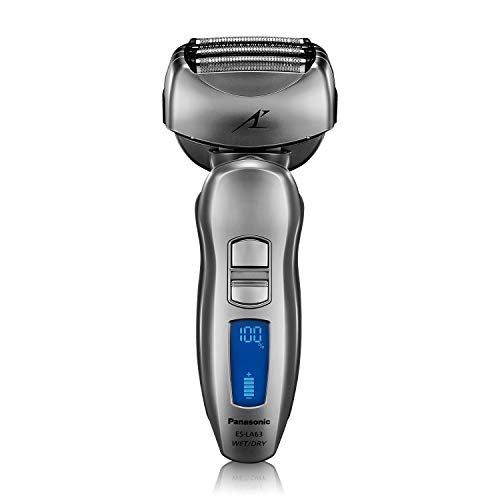
 Amazon.com
Amazon.com
